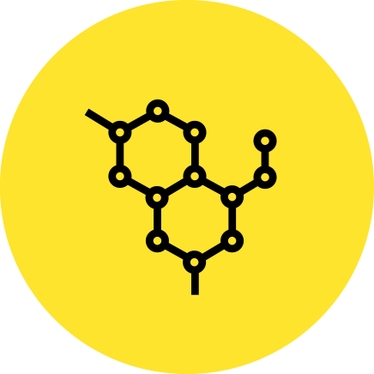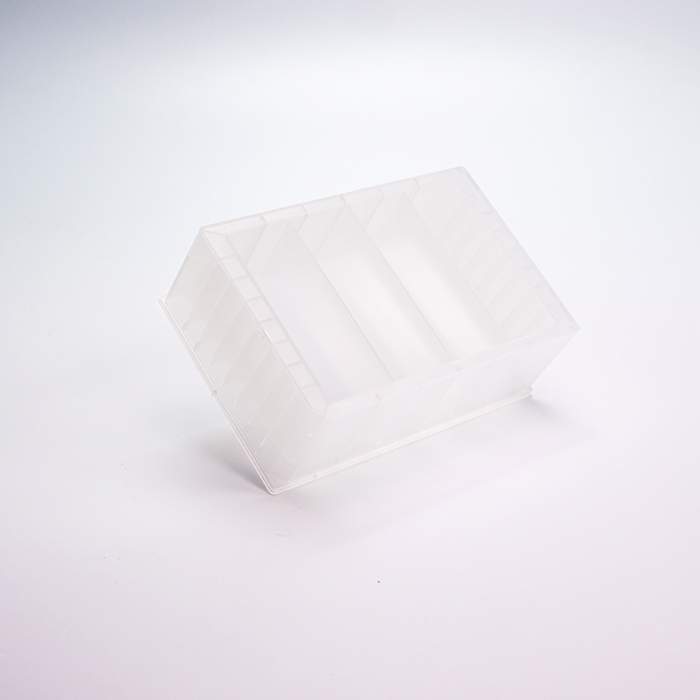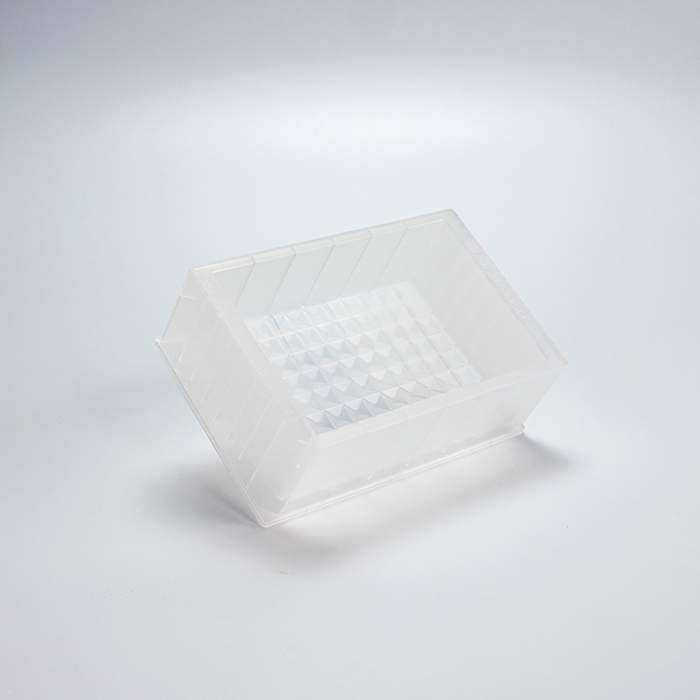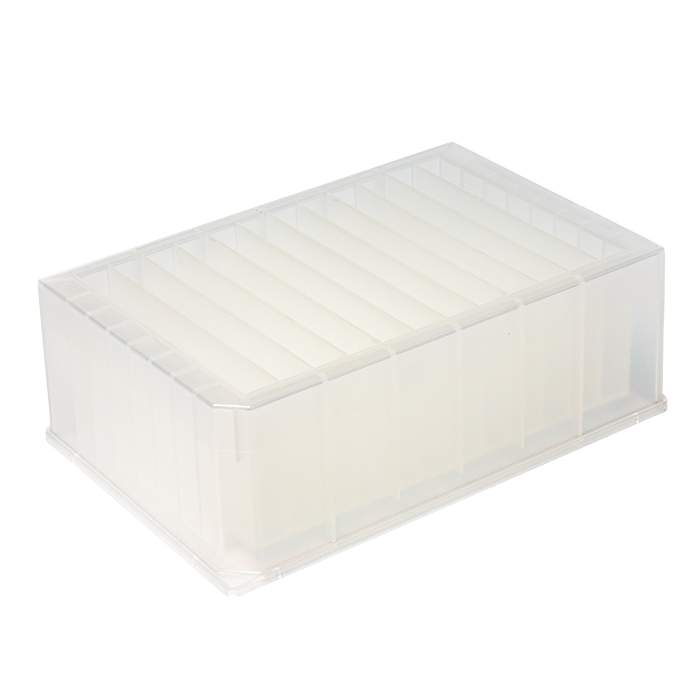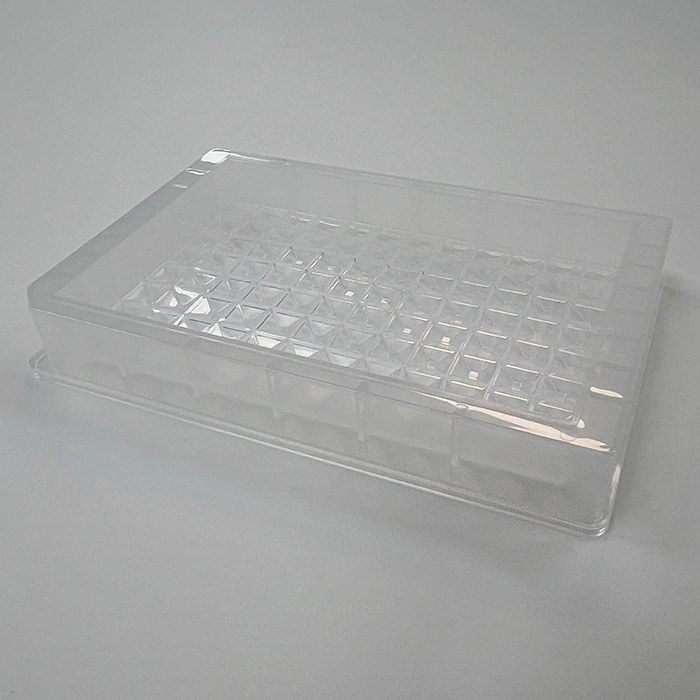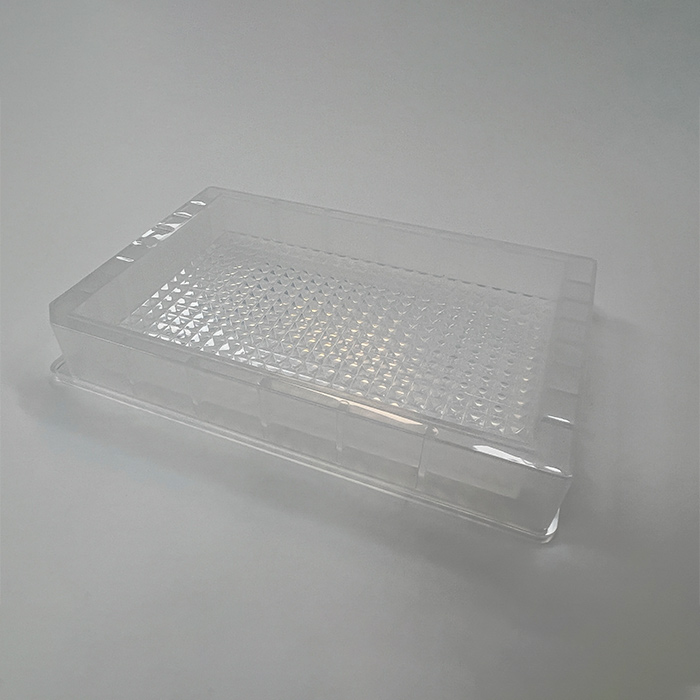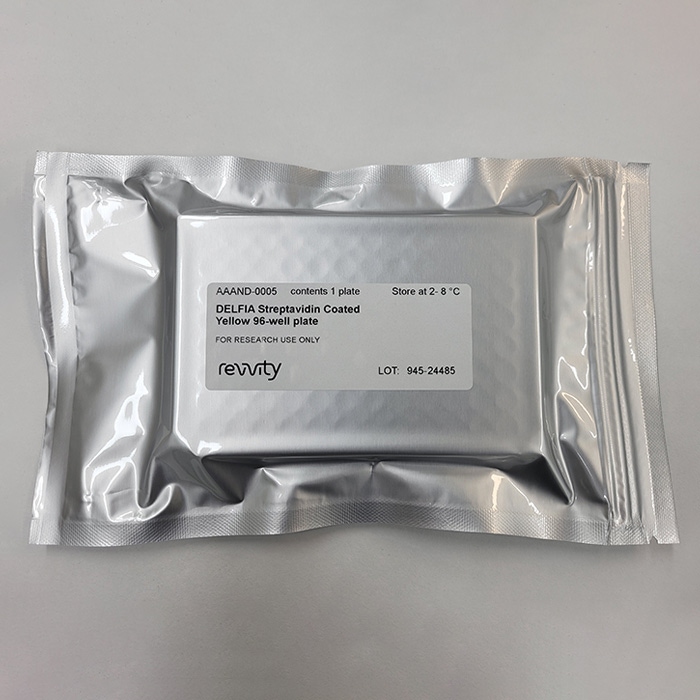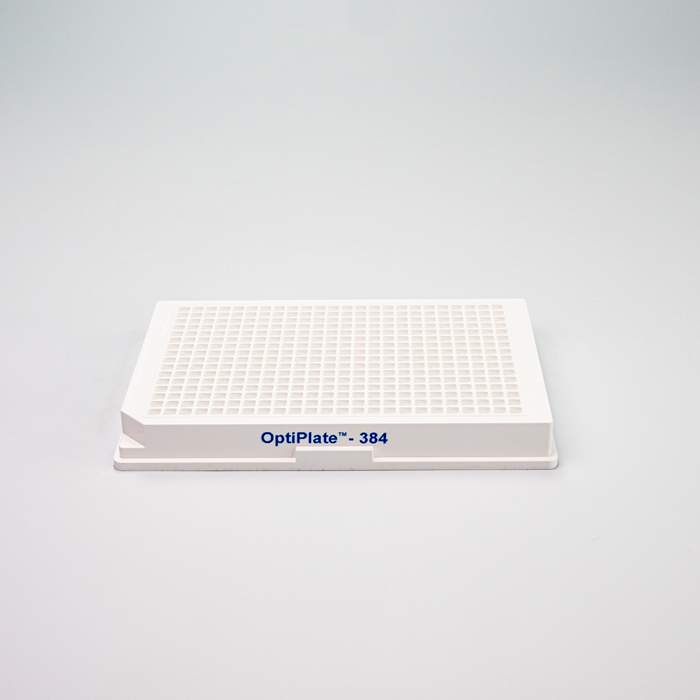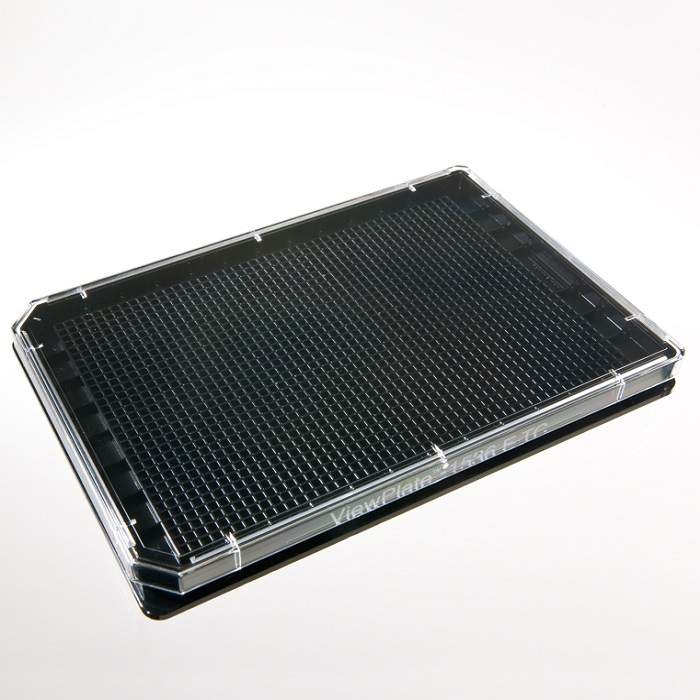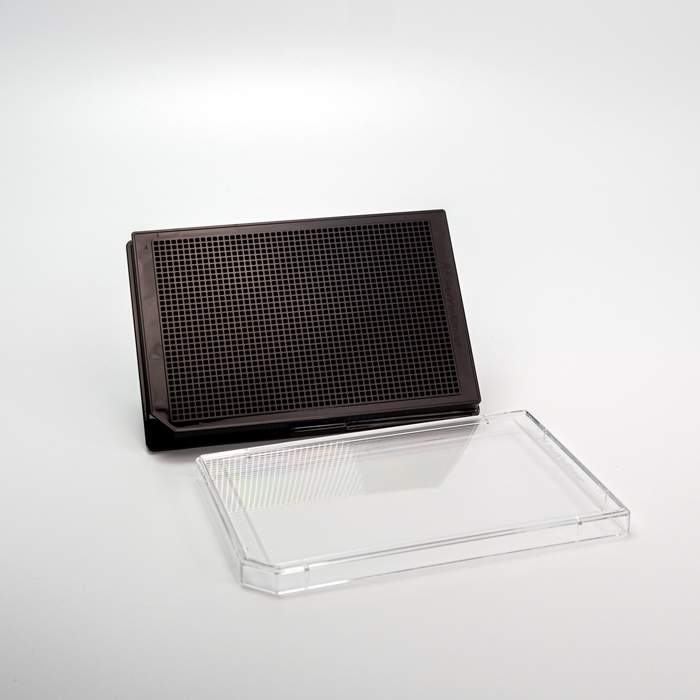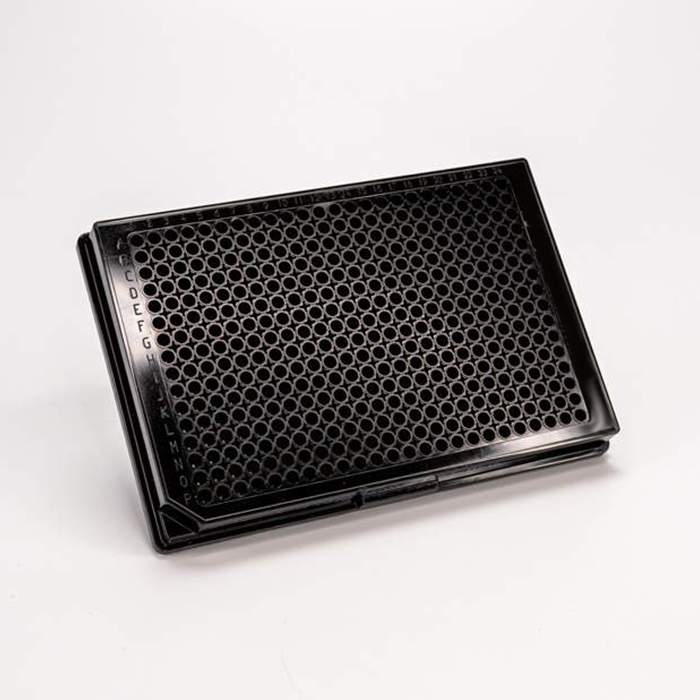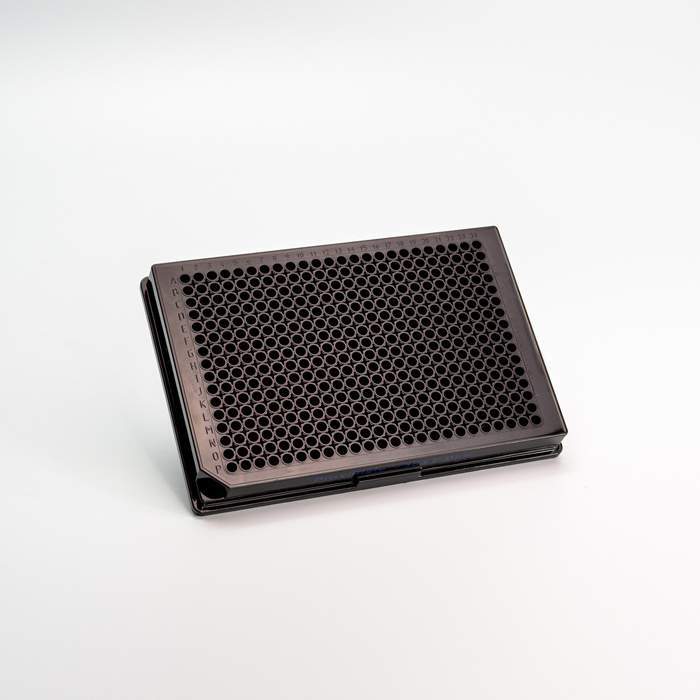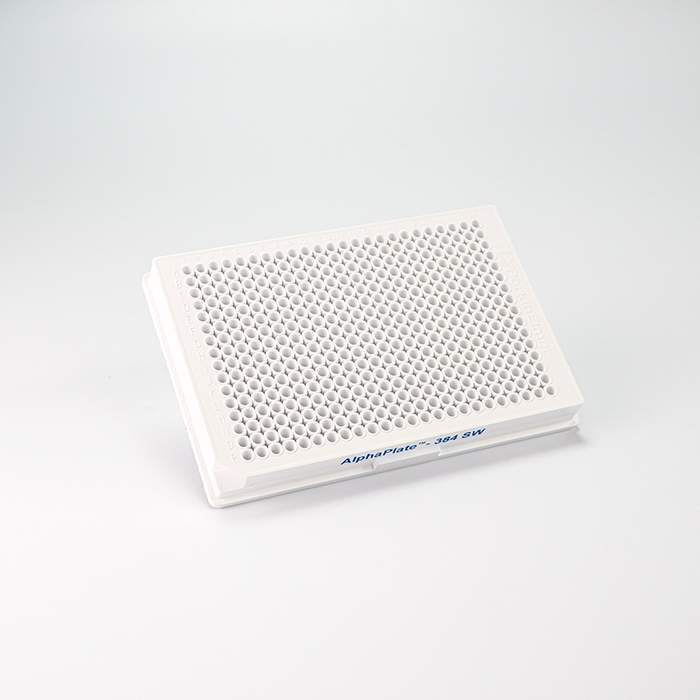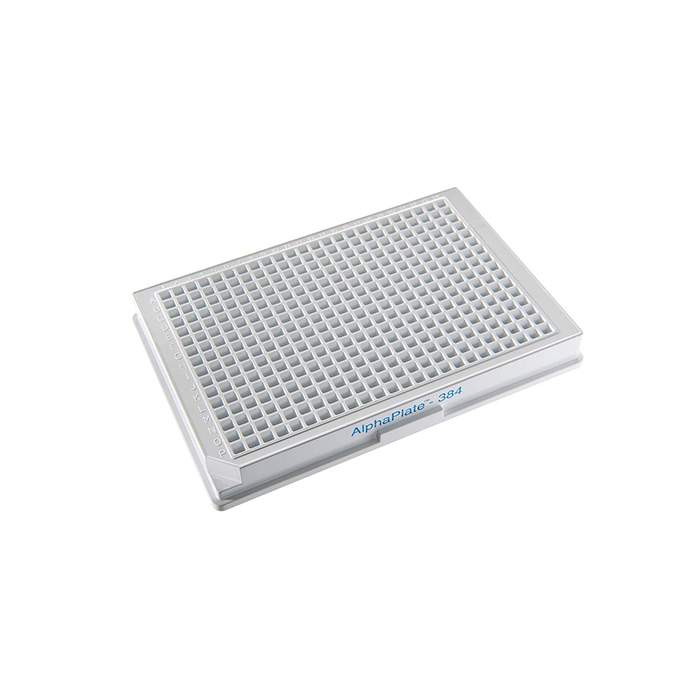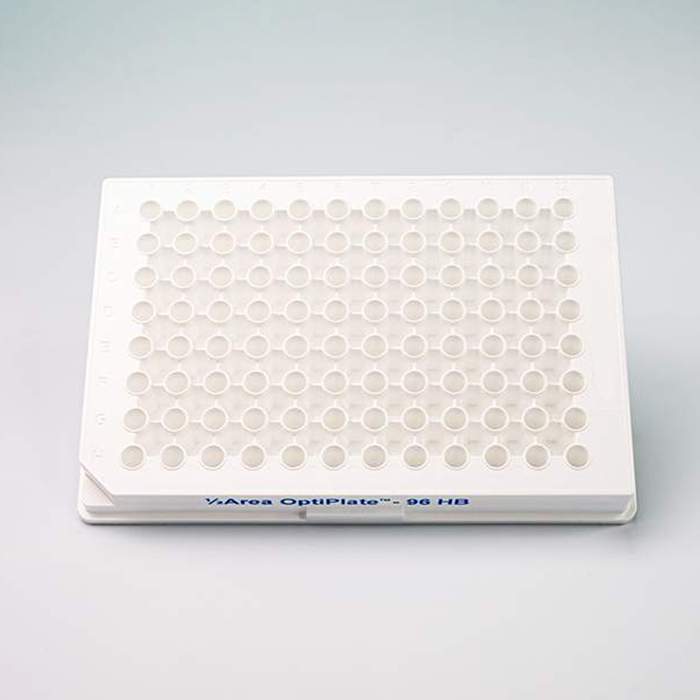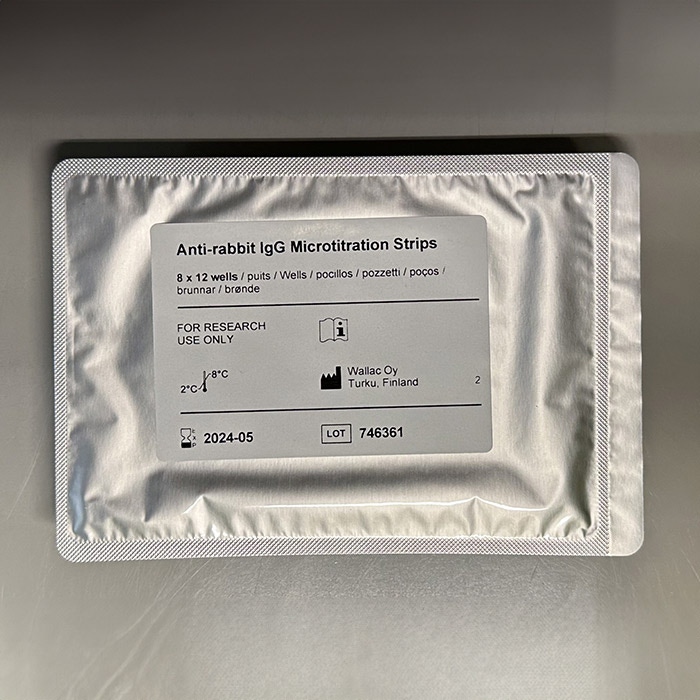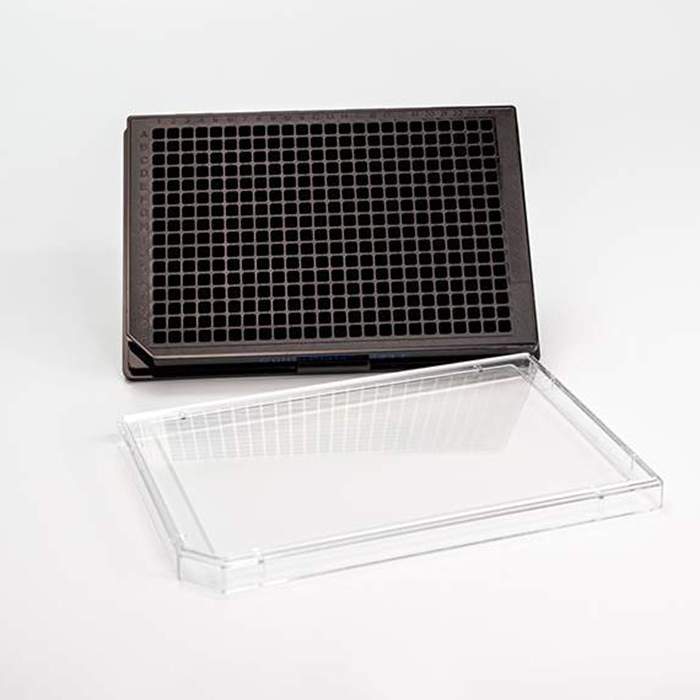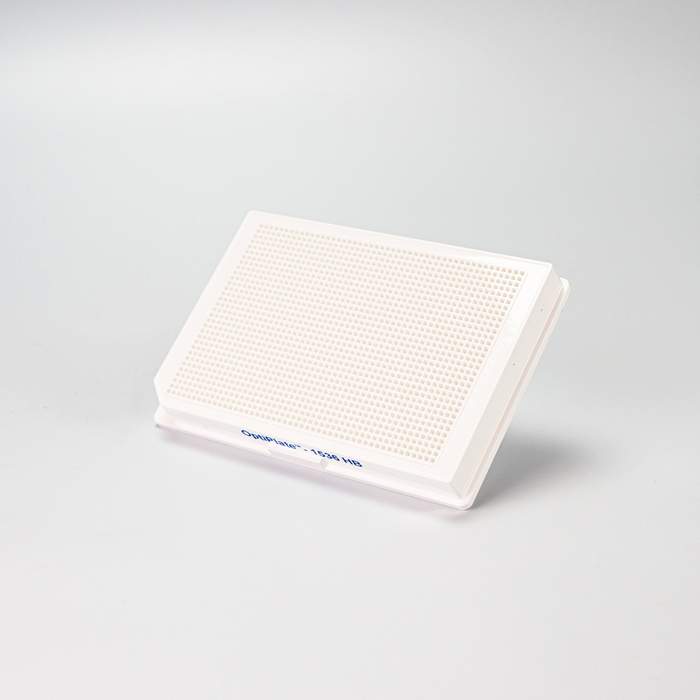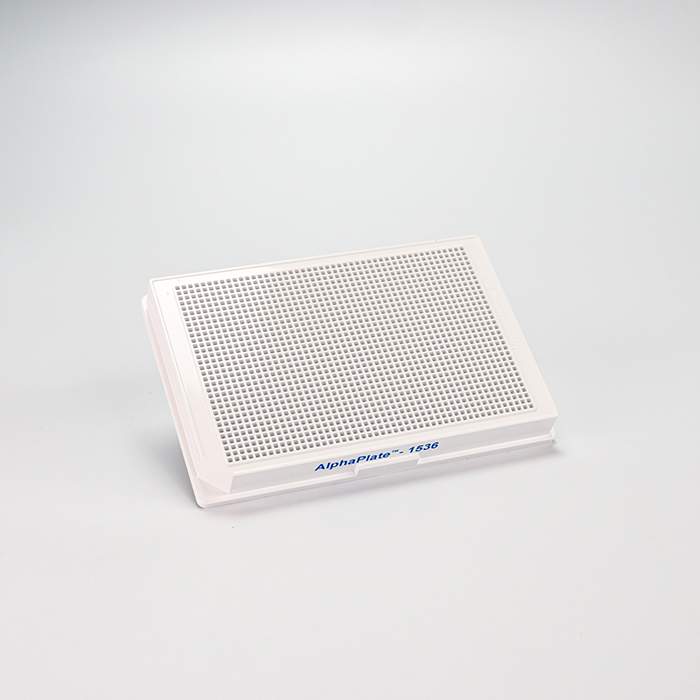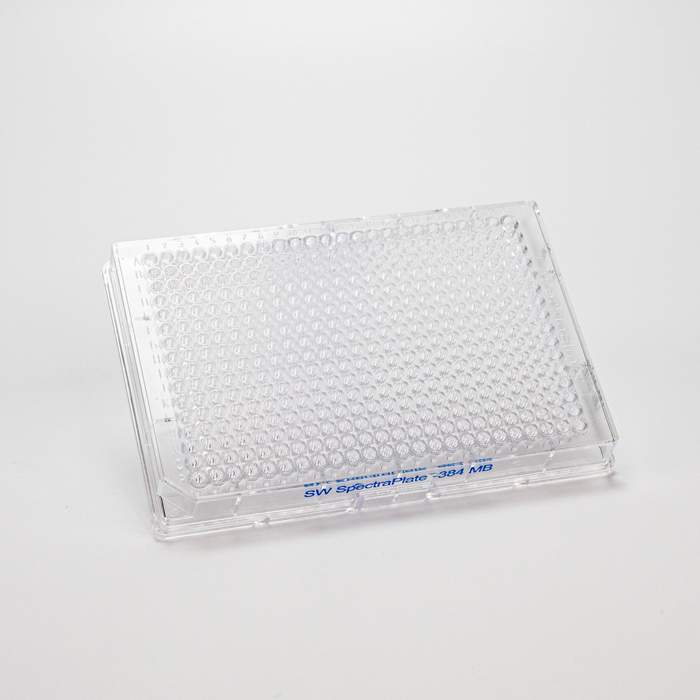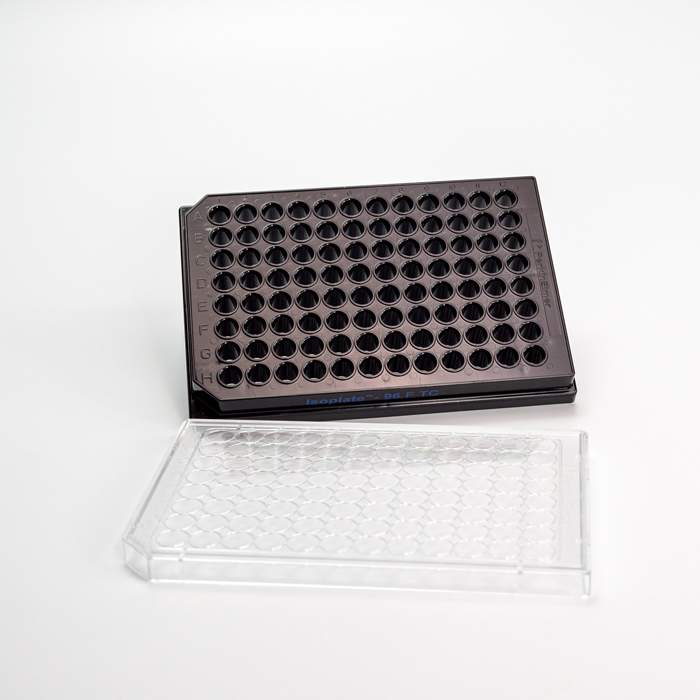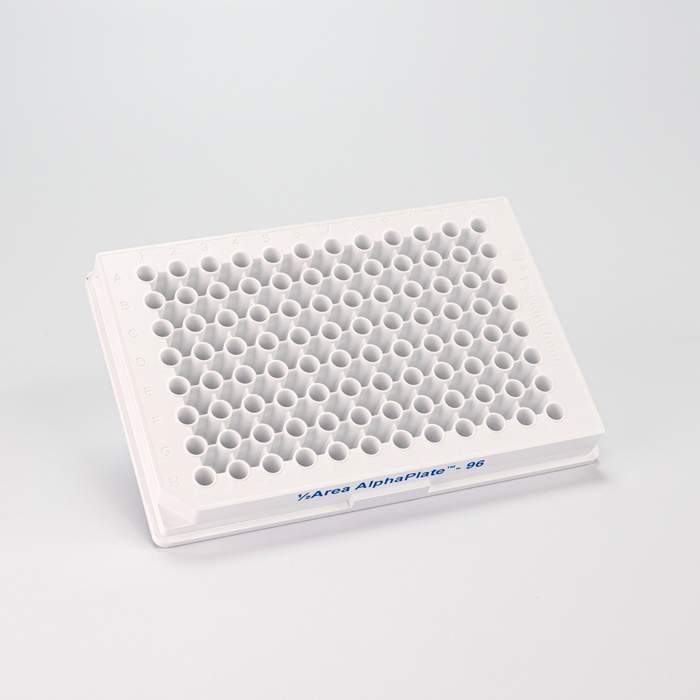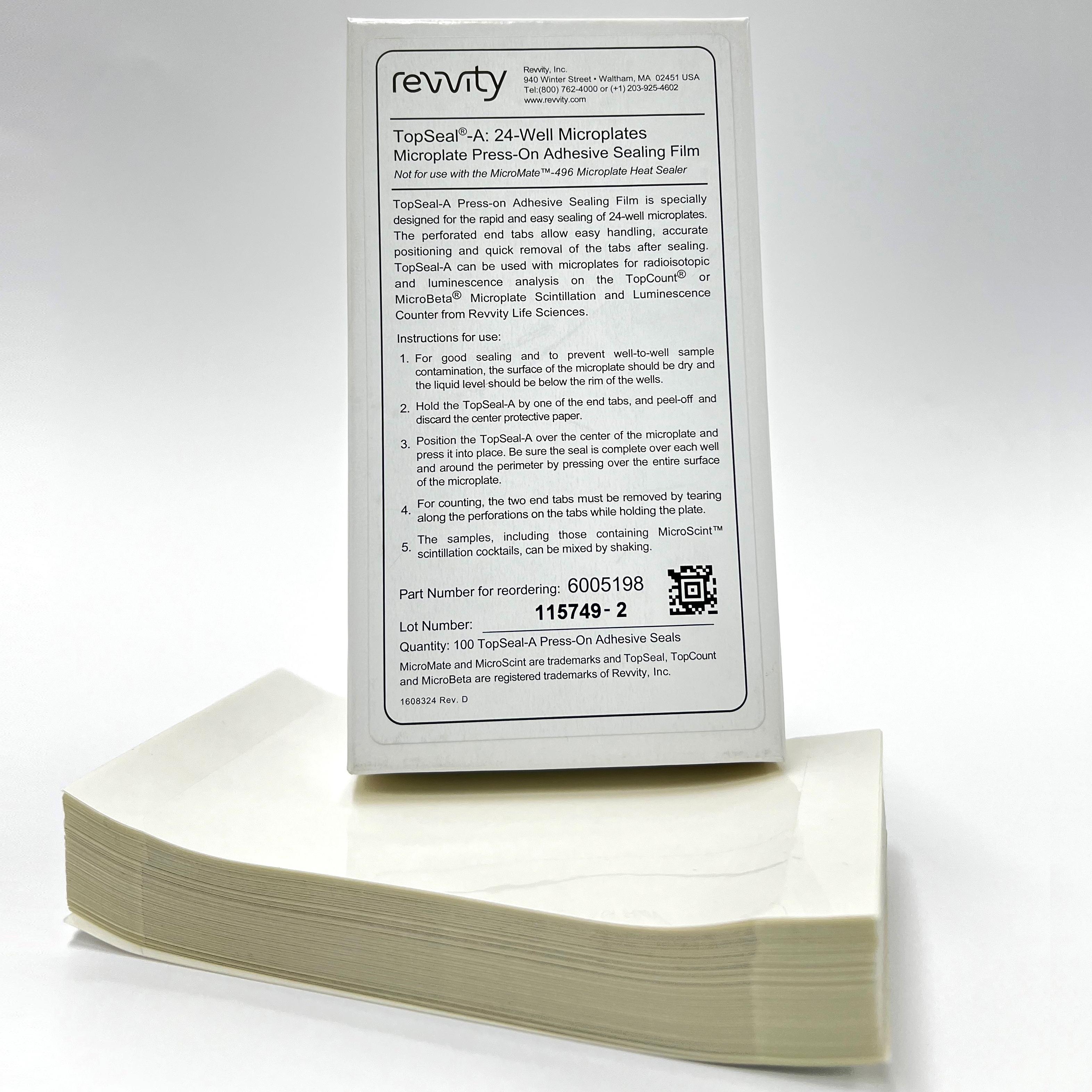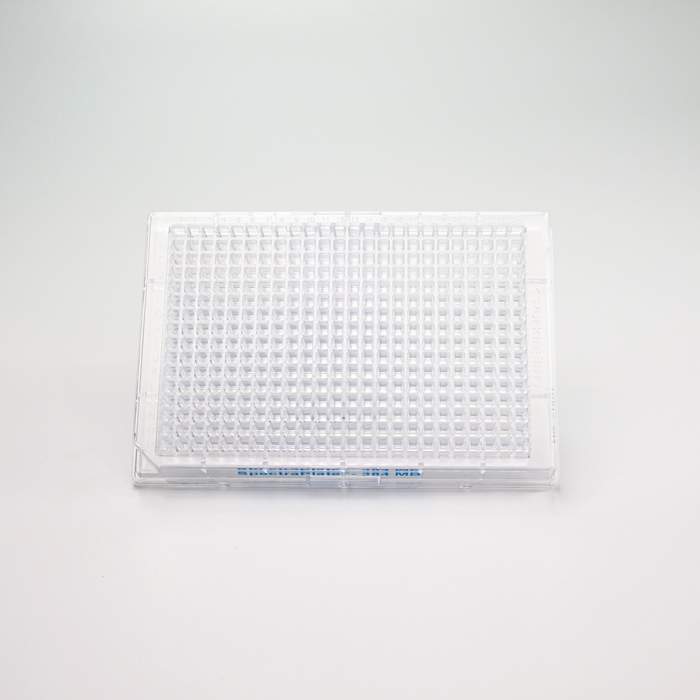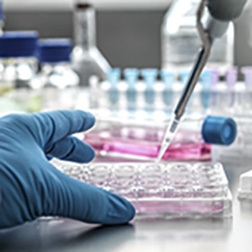
Custom microplate services
We know that off-the-shelf isn't the right option for every applications. That's why we offer a range of custom microplate services. Contact us to learn more about these services.
- Bulk ordering and special packaging
- Fast and flexible plate barcoding
- Biological plate coating
- Custom sterilization
We know that off-the-shelf isn't the right option for every applications. That's why we offer a range of custom microplate services. Contact us to learn more about these services.
- Bulk ordering and special packaging
- Fast and flexible plate barcoding
- Biological plate coating
- Custom sterilization

How can we help you?
Need help at 1am? We’ve got it covered. The Application Support Knowledgebase (ASK) contains detailed information on assay development, protocols, tips, FAQs, citations, troubleshooting and more. Accessible 24 hours a day, 7 days a week on our website.
Need help at 1am? We’ve got it covered. The Application Support Knowledgebase (ASK) contains detailed information on assay development, protocols, tips, FAQs, citations, troubleshooting and more. Accessible 24 hours a day, 7 days a week on our website.


Filters
1 - 25 of 111 Products and Services
Polypropylene 4-column reservoir plate for dispensing and repeat pipetting of solutions.
V-bottom reservoir for pipetting, multi-channel pipetting, and automated liquid handling.
Polypropylene-12 column reservoir plate dispensing and repeat pipetting of solutions.
Pipetting reservoir with a single well of 100 mL total volume, for pipetting, multi-channel pipetting and automated liquid handling. Designed to fit low volume (50 µL) or less automated pipetting tips.
Pipetting reservoir with a single well of 100 mL total volume, for pipetting, multi-channel pipetting and automated liquid handling. Designed to fit low volume (50 µL) or less automated pipetting tips.
96-well yellow microplates coated with streptavidin, for biotinylated biomolecules for use in DELFIA time-resolved fluorescence assays.
384-well white microplates for fluorescence and luminescence assays with low binding surface for reduced binding to proteins and nucleic acids.
1536-well collagen-coated, tissue culture-treated (TC-treated) sterile microplate with black well walls and an optically clear bottom for cell-based assays.
1536-well black tissue culture-treated (TC-treated) sterile microplate for cell-based assays. Tissue-culture treated microplates are supplied with lids
384-well black microplates (shallow well) for fluorescence and luminescence assays with low binding surface for reduced binding to proteins and nucleic acids.
Shallow-well 384-well black microplate for lower volume and increased sensitivity.
Shallow-well 384-well light gray microplate for lower volume and increased sensitivity. AlphaPlates™ were designed specifically for optimal performance in AlphaScreen® and AlphaLISA™ assays. These microplates are replacements for discontinued items 6008270 and 6008279.
Alphaplate 384-well plates, specially designed for AlphaLISA and AlphaScreen assays with high protein binding. Available in case of 50.
96-well white 1/2 area high bind microplate for ELISA and other assays that require protein or antibody coating. Half-area plates utilize the same well spacing as a regular 96-well plate, but contain wells with half the diameter of a typical 96-well plate. This enables miniaturization to lower assay volumes while retaining ease-of-pipetting.
Anti-rabbit antibody-coated 8 x 12 strip clear microplates for DELFIA® time-resolved fluorescence (TRF) assays.
1536-well poly-D-lysine-coated (PDL-coated), tissue culture-treated (TC-treated) sterile microplate with black well walls and an optically clear bottom for cell-based assays.
384-well microplate for use in time-resolved fluorescence, luminescence, Alpha, and radiometric assays. This black polystyrene CulturPlate™ is sterile and tissue-culture (TC) treated for cell-based assays. Tissue-culture treated microplates are supplied with lids
1536-well white microplate with high-binding treatment, for capturing proteins and antibodies to the plate for solid phase ELISA and other assays.
The 1536-well AlphaPlate is a unique light gray engineered microplate for reduction in crosstalk and assay optimization, designed specifically for AlphaLISA and AlphaScreen assay applications.
384-well clear microplates (shallow-well) for absorbance and colorimetric assays with low binding surface for reduced binding to proteins and nucleic acids.
96-well black frame tissue culture-treated (TC-treated) microplate with clear wells for radiometric and luminescence assays. The clear bottom enables bottom-reading measurements and microscopic visualization of cells. Tissue-culture treated microplates are supplied with lids
96-well light gray ½ area microplates for Alpha assays with low binding surface for reduced binding to proteins and nucleic acids.
Clear adhesive seal for 24-well microplates.
384-well clear microplates for absorbance and colorimetric assays with low binding surface for reduced binding to proteins and nucleic acids.
1536-well transparent microplate with high-binding treatment, for capturing proteins and antibodies to the plate for solid phase ELISA and other absorbance (colorimetric) assays.





























